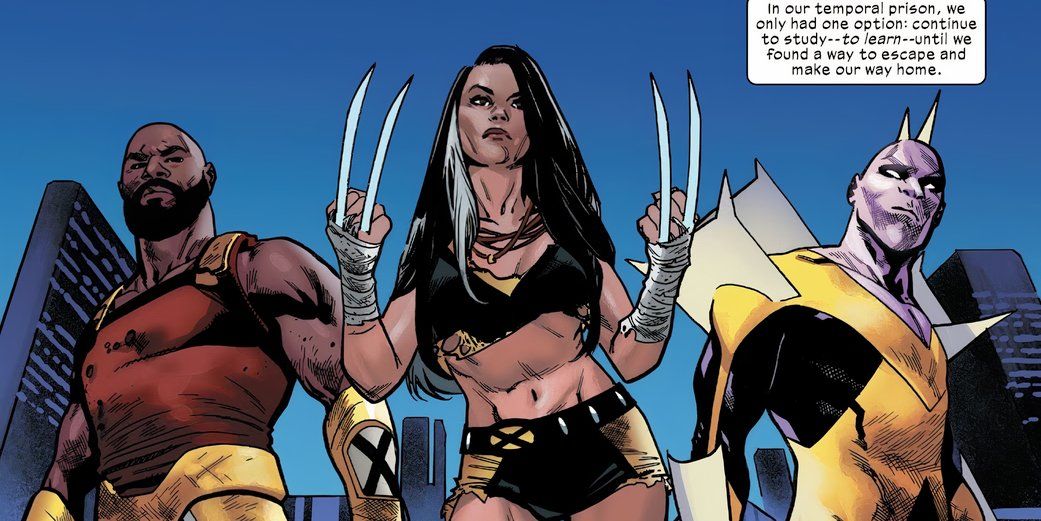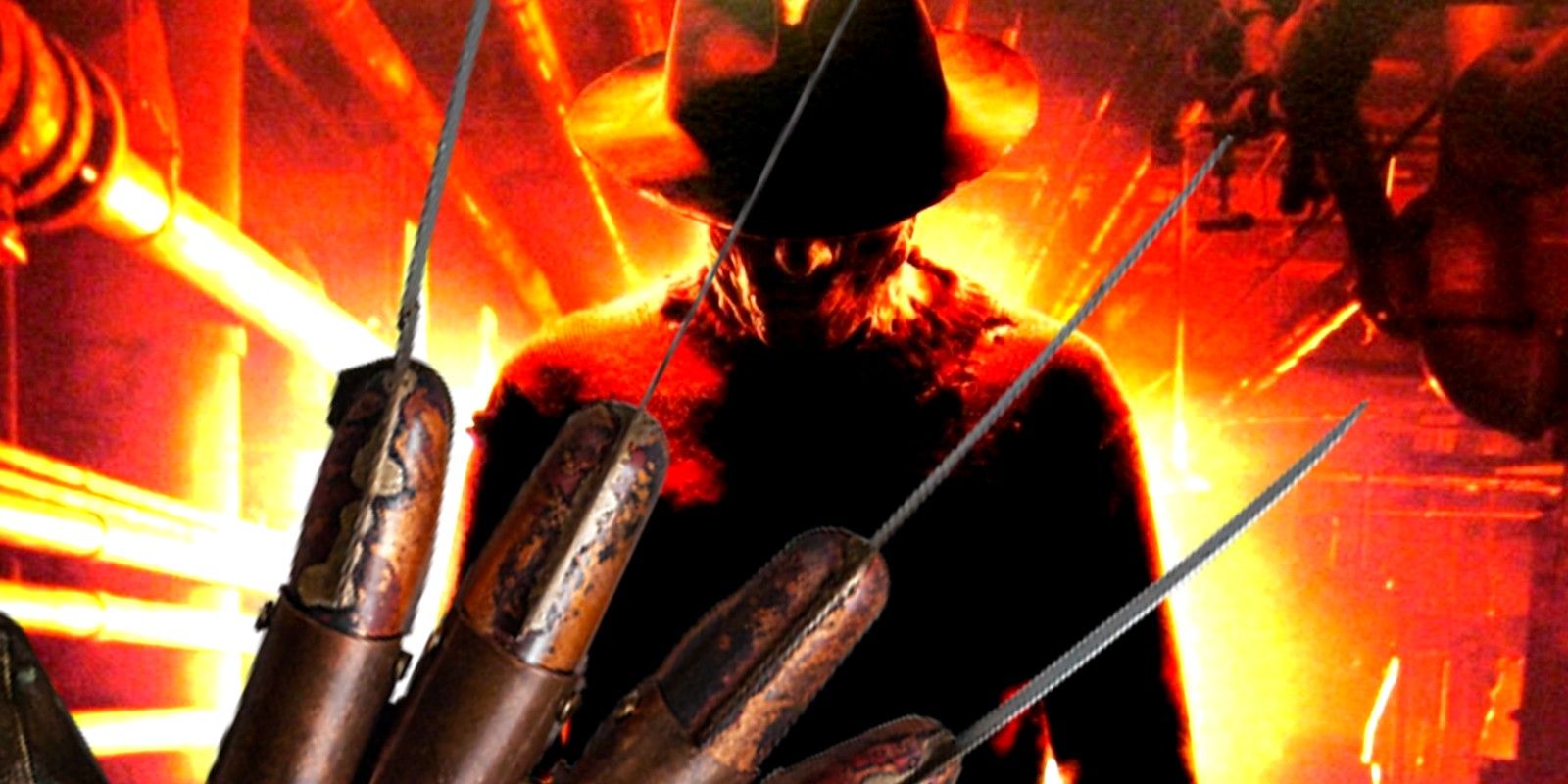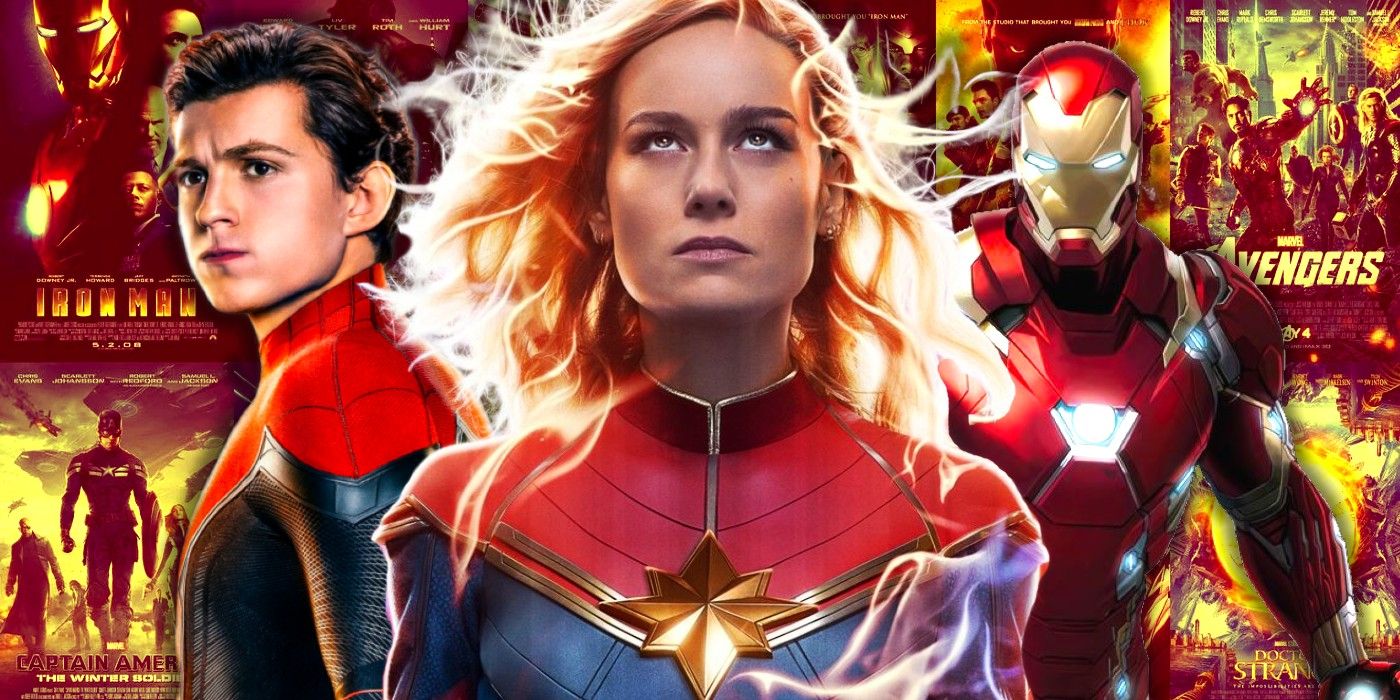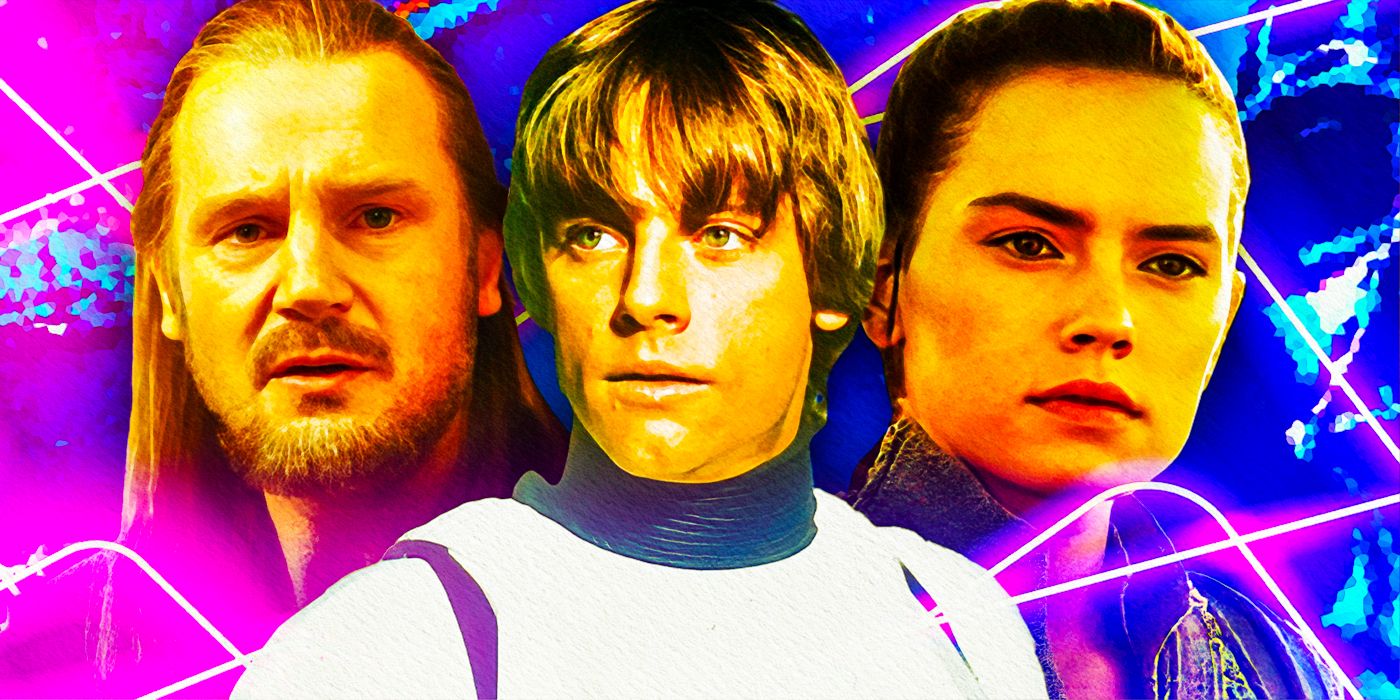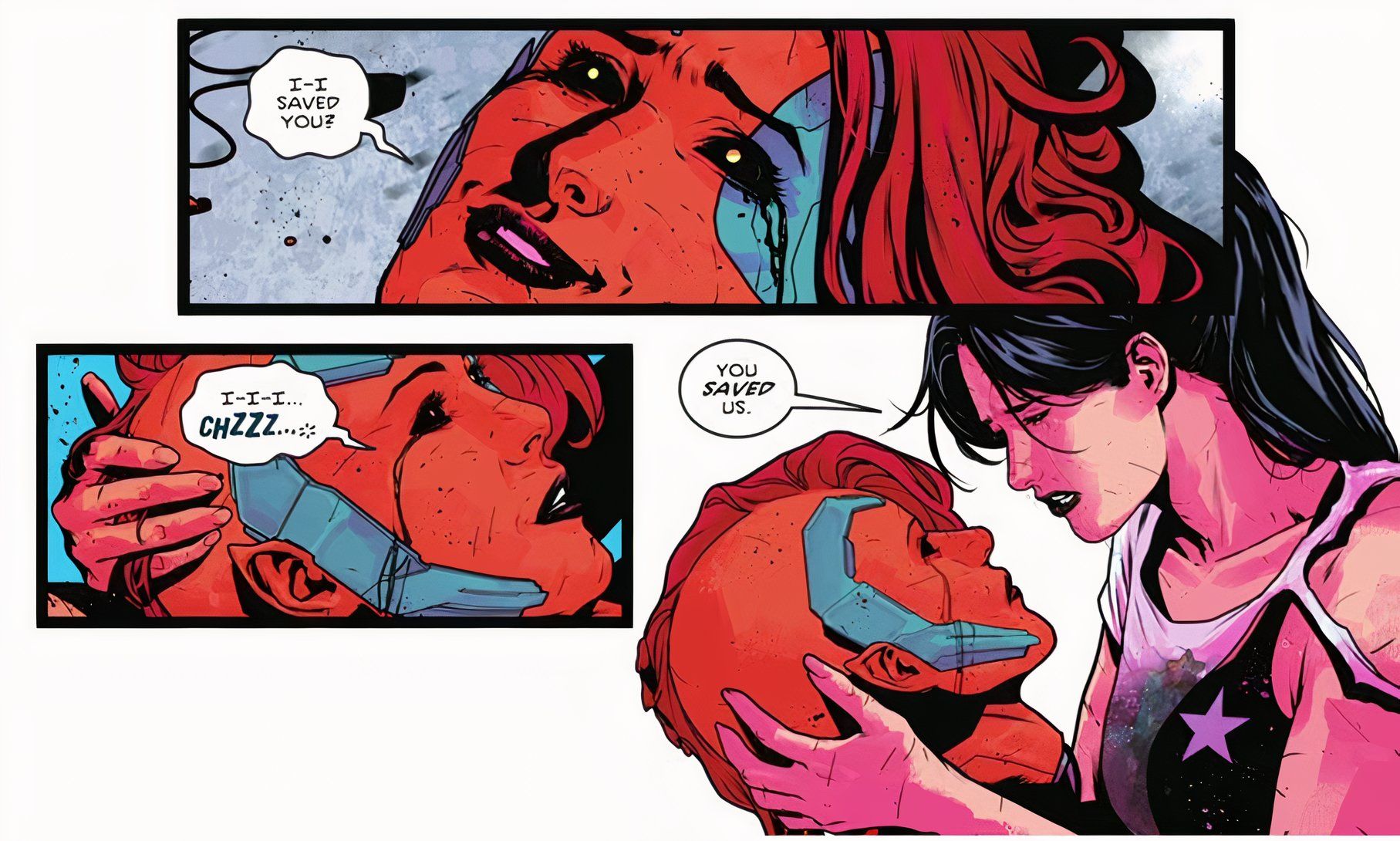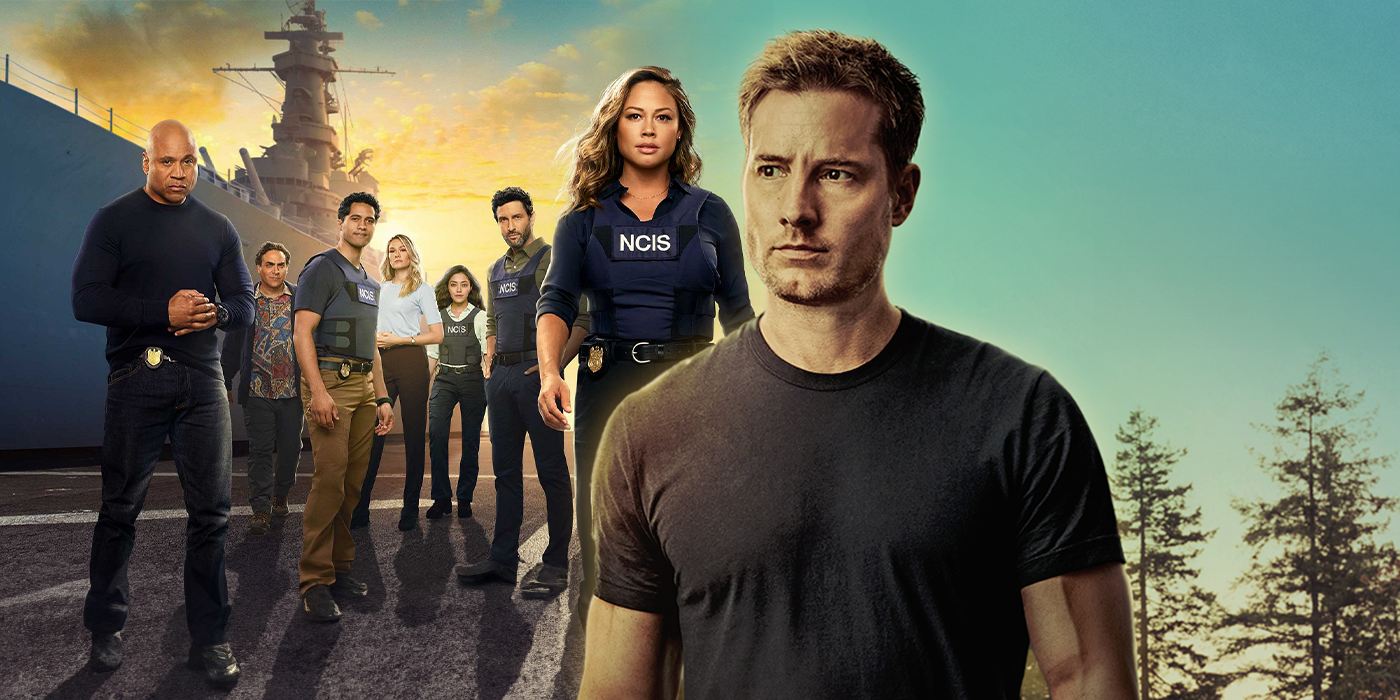Shudder’s horror anthology series, Creepshow, effectively brought the horrors of George Romero and Stephen King’s 1982 classic back to life for a modern audience; executive producer Greg Nicotero spoke to ScreenRant about his experiences bringing it back as a television series, his time working with Romero, and much more.
Nicotero has been involved with major projects within the horror space, including The Walking Dead, and is lauded as one of the finest special effects artists in history. Nicotero has worked along other greats like Tom Savini and got into the business with the encouragement of the Godfather of zombie cinema himself, George A. Romero. Shudder, which is owned by AMC, has been a gift to horror fans for numerous reasons; the streaming platform offers a great deal of accessibility to independent horror titles, movies that are fresh off the film festival circuit, foreign horror, and much more.
With the upcoming release of Creepshow season 1 on Blu-Ray and DVD on June 2nd, we spoke to Greg Nicotero about his experiences bringing back this classic series, adapting it to television, and some of the challenges he faced making sure that fans of all ages – and generations – would embrace what is considered to this day to be an iconic contribution to the horror genre.
![Creepshow: Interview With Greg Nicotero [EXCLUSIVE]](https://static1.srcdn.com/wordpress/wp-content/uploads/2020/03/Creepshow-Feature.jpg)
How do you think your Creepshow differs most from the original?
Oh, wow, that’s a really good question. You know, I feel like our show isn’t necessarily even a reboot, but a continuation. You know, I’ve felt like George’s movie was way ahead of its time in terms of embracing the comic book lighting and the comic book panels and then as technology increased and you have movies like Sin City, with Robert Rodriguez, who directed and I worked on, and I felt like this was really more of an opportunity to introduce Creepshow to a new generation of fans. Creepshow fans are super die-hard, and really, really dedicated so I knew that I needed to sort of pay tribute to those guys as well as showing what Creepshow can be to a new audience.
Why was it so important for you to bring Creepshow back to horror fans?
Well, because it was… let me think about the best way to answer. You know, I have Creepshow t-shirts that I would wear all the time. I’d wear them on set, I’d wear them to the supermarket, whatever. But people would always stop me and be like ‘Ah, man, Creepshow. I loved Creepshow when I was a kid, that’s great!’ And for me, Creepshow has a very personal place in my life because it was the first movie set that I ever visited when I was a kid. I had become… met and become friends with George Romero in the late ’70s, so when they were shooting Creepshow, he had actually offered me a production assistant job that I had to turn down, I was like ‘no, you know, I’m still in high school, I’m getting ready to go away to college’, but I visited the set. And, it was the first time that I had ever really had an opportunity to witness what it took to make movies. I was enthralled; I’ve always been a fan of movies and I loved reading Famous Monsters and all that stuff, but this was back before all of this behind the scenes footage was available. You’d have to look at pictures in magazines to find out anything about how movies were made, so he kind of opened up that world for me and gave me that opportunity to experience what it was like to be on a movie set. So, when Day of the Dead came along in 1984, he had said ‘hey, we’re doing Day of the Dead now, do you want a job?’ and I was like ‘okay, I turned down Creepshow, I’m not gonna turn down an opportunity on Day of the Dead‘ and that changed my life forever because it brought me… it took me away from a potential medical career into the film industry, I moved to Los Angeles. So when Creepshow came up in conversations, I was like ‘wait, my Creepshow?’ I felt like I had some connection and ownership of it because it was something that was so profoundly important to me. So, for me to be able to shepherd Creepshow to the world again was tremendously important.
I know what you mean with the t-shirts, and it’s very dear to a lot of horror fans.
Yeah! And you can’t really… you don’t necessarily know why, but a lot of time – I’ve been doing a lot of press lately – and I talk about 1981 and 1982, the genre movies were at the absolute height. Those two summers, if you go back and you look at Star Trek 2, American Werewolf in London, The Howling, Escape from New York, Poltergeist, Raiders of the Lost Ark, The Thing, Road Warrior, Creepshow… almost every weekend, there was another genre movie coming out, and those movies were celebrated! You know, horror had sort of made that transition at the end of the ’70s from sort of exploitation, low-budget, where all of a sudden people were interested in them. I would say between Dawn of the Dead and Friday the 13th, people kind of went ‘wow, you know, there’s something about these movies!’ So you had this massive celebration of the golden age of genre, and I think Creepshow probably came out like late ’82, right at the height of that wave of golden age, and I think because it wasn’t censored by the MPAA and because people thought ‘oh, well Creepshow is probably a little more safe’ than a lot of the other, you know, My Bloody Valentine and Mother’s Day and Happy Birthday to Me and some of those movies that were really a little gorier, Creepshow landed in that sweet spot where parents that liked horror thought ‘oh, I can show my kid this movie’ because it’s a little more accessible than some of the other really gory stuff. To me, I think without even really acknowledging it, it was important to make my Creepshow series as accessible to all ages without it turning off hardcore horror fans. But that’s a very fine line that you have to walk.
So, Creepshow has always been an anthology, and this format has become increasingly popular in recent years. What sets Creepshow apart from all the others?
Well, I think the fact that every story is so dramatically different. We don’t have a formula that we have to follow. We don’t have The Twilight Zone ending, we don’t have the sort of Amazing Stories type fantasy to it. Even Black Mirror has its technology motif that it needs to follow, whereas with Creepshow, I think you can do something as extreme as Man in the Suitcase and then go from that to The Finger or Gray Matter or you’re playing something that’s scarier. I like the idea that each story is, first of all, it’s only 20 minutes – it’s not an hour anthology. It’s short. It’s short, and I think we were the first ones to do that, and to embrace that sort of Night Gallery feel where you can tell multiple stories in a short format, and in this day and age, people with short attention spans will probably respond a lot more to something that’s a little bit shorter than having to commit to an hour-long television show.
It’s a real testament to how broad the horror genre really is. Some of it is really scary, and some of it is, ‘oh, that’s so cool!’ Do you feel Creepshow captures that essence of the genre itself?
I always thought that horror and comedy kind of play… they play hand-in-hand. When you deal with straight horror stuff, it’s really intense, you need that release. I remember talking to George, and he would talk about riding a roller coaster. It’s like, people get on a roller coaster and you go up and down, and you scream your head off, and then by the time you get to the end, there’s this release of ‘okay, I survived’ and you find yourself laughing. People on roller coasters laugh because they’re afraid, and I feel like this gives us a fun opportunity to really have fun. My criteria for any content that I want to do, I just want a good time. I want it to be entertaining. And, sometimes, if it’s too intense or it’s too hardcore, you find yourself having a hard time being entertained by it, but you still go on the journey. I think it’s because of my age and how I grew up going through that sort of golden age; I like all kinds of stuff. I loved Hereditary, I thought it was great. I just want to go on a good journey, and that’s really what I wanted to do for Creepshow.
Were there any standout moments during your time working on Creepshow?
I think when I started seeing the episodes coming together. You know, as a showrunner, you hit those milestones. You have the script turned in, and then you have to visualize the script and then you start watching the cuts and then you start putting the sound effects and the comic book panels, so there’s all these milestones that you have to hit. When I started seeing the episodes taking shape and realized that we had hit our mark in terms of what we had set out to accomplish, I was just, like, I was able to breathe. Because I probably didn’t breathe from January until June. I felt the pressure, you know? I felt the expectation of every horror fan on the planet to do right by them, and all I can do is put my heart and soul into it, and when people started watching the cuts and responding to them, I really, man, I just… I really was able to breathe, and it made me feel alive. I’m so grateful.
Creepshow is available on Blu-Ray and DVD on June 2, 2020.
